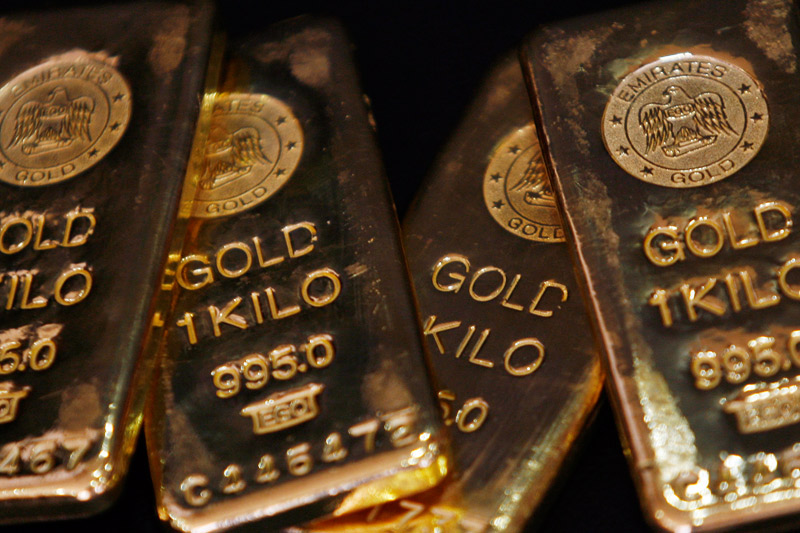Investing.com - Gold prices rose slightly on Thursday but held near six-year lows as investors braced for a hike in interest rates by the Federal Reserve next month.
Gold for December delivery on the Comex division of the New York Mercantile Exchange tacked on $6.10, or 0.56%, to trade at $1,074.80 a troy ounce during European morning hours.
A day earlier, gold fell to $1,062.00, a level not seen since February 2010, after minutes of the Fed's October meeting showed that a majority of board members are in favor of a December liftoff.
Recent comments by Fed officials, including Janet Yellen, have bolstered expectations the U.S. central bank will raise interest rates for the first time in nearly a decade when it meets next month.
Gold futures are nearly 10% below highs hit in mid-October as investors recalibrated their expectations of U.S. monetary policy in response to hawkish signals from the Fed.
Expectations of higher borrowing rates going forward is considered bearish for gold, as the precious metal struggles to compete with yield-bearing assets when rates are on the rise.
The U.S. dollar remained close to a seven-month high against a basket of six other major currencies amid growing expectations for tighter monetary policy in the U.S. in the coming months.
Dollar-priced commodities become more expensive to investors holding other currencies when the greenback gains.
The U.S. is to release a weekly report on initial jobless claims at 8:30AM Eastern Time Thursday, as well as data on the Philadelphia Fed manufacturing index, as traders look for further indications on the strength of the economy.
Elsewhere in metals trading, copper prices fell to the lowest level since May 2009 on Thursday, as investors continued to cut holdings of the red metal amid bearish chart signals.
Copper prices have declined for 14 straight days as the possibility of higher interest rates in the U.S. and slower global economic growth, particularly in China, weighed.
Prices of the red metal are down almost 30% since May as fears of a China-led global economic slowdown spooked traders and rattled sentiment.
The Asian nation is the world’s largest copper consumer, accounting for nearly 45% of world consumption.
